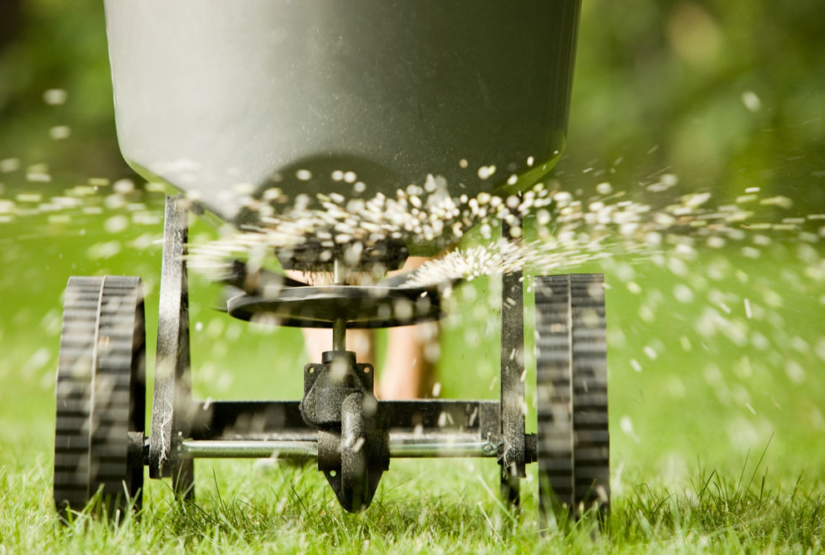
- Seed: Seeding and overseeding will help inject new life into thinning grass, help fill in bare areas, and introduce grass varieties.
- Fertilize: Fall fertilizing helps lawns maintain future health and appearance. Be sure to factor in the types of grass in the lawn and the climate before fertilizing. Cool-season grasses should generally be fertilized from September through November; warm-season grasses should be fertilized slightly earlier.
- Cut perennials: As temperatures begin to cool, it’s important to cut most perennials after the first frost. Depending on the plant, fall is often the best time to prune because plants do not actively grow as the dormant season approaches.
- Rake leaves: Removing leaves helps prevent turfgrass damage and protects water quality by lessening the amount of organic material, such as leaves and dead grass, that can release phosphate and nitrates into waterways.

- Give plants deep watering: Fall is the ideal time to give trees and shrubs a final deep watering. By doing so, root systems will have time to absorb moisture from the soil before freezing temperatures set in.
- Keep mowing: Through the fall, grass should be cut at 2 to 2 ½ inches tall. This helps prevent matting, which could lead to winter lawn diseases.
- Shut off and store yard equipment: To prevent future home damage, shutting off water lines to the outside and clearing automatic irrigation systems of water become critical elements of fall maintenance. After a season’s final mow, homeowners should review the owner’s manual to properly clean and store yard equipment for the winter.
